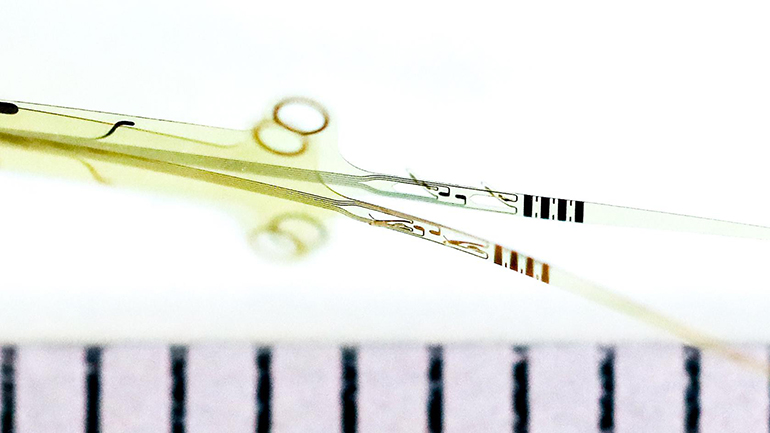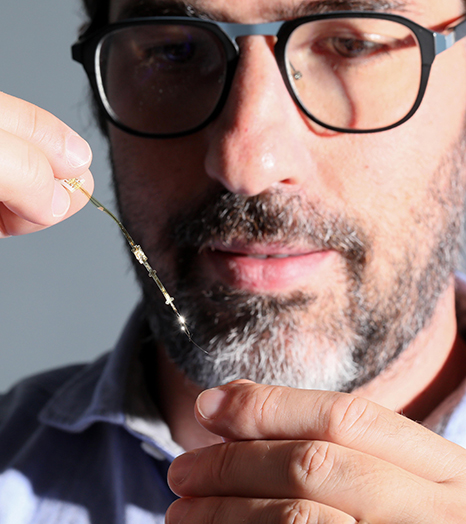
Researchers at Ecole Polytechnique Fédérale de Lausanne in Switzerland have developed a new type of intraneural electrode to bypass the eyeball and send messages directly to the brain through the optic nerve. The technique could provide a visual aid for permanently blind people.
Using retinal implants to treat blindness is a developing field. The concept involves allowing users to have the sensation of observing light, which is experienced as white patterns. While this isn’t the same as full vision, it can serve as a visual aid for blind people as they go about their daily lives. In many cases, retinal implants can help those with visual impairments. However, for many totally blind people this approach isn’t suitable.

Another option is implanting a device in the brain that can directly stimulate the visual cortex. However, this technique is somewhat risky, making it largely unsuitable for general therapy. To find a new solution, the Swiss group of researchers developed a device that stimulates the optic nerve, as for many blind people the optic nerve and its connection with the brain are intact and functional.
“We believe that intraneural stimulation can be a valuable solution for several neuroprosthetic devices for sensory and motor function restoration,” said Silvestro Micera, a researcher involved in the study. “The translational potential of this approach is extremely promising.”
However, researchers have attempted such techniques before, as early as the 1990s. “Back then, they used cuff nerve electrodes,” explained Diego Ghezzi, another researcher involved in the study. “The problem is that these electrodes are rigid and they move around, so the electrical stimulation of the nerve fibers becomes unstable. The patients had a difficult time interpreting the stimulation, because they kept on seeing something different. Moreover, they probably have limited selectivity because they recruited superficial fibers.”
The new device contains electrodes that directly penetrate the optic nerve, and which are more stable than cuff electrodes. Called the OpticSELINE, the device contains an array of 12 electrodes. To study how this device stimulates the optic nerve and visual cortex, the researchers used it to deliver an electric current in rabbits and monitored brain activity. Each electrode elicited a unique response in the brain, suggesting that the device can produce selective stimulation.
“For now, we know that intraneural stimulation has the potential to provide informative visual patterns,” said Ghezzi. “It will take feedback from patients in future clinical trials in order to fine-tune those patterns. From a purely technological perspective, we could do clinical trials tomorrow.”
Study in Nature Biomedical Engineering: Spatially selective activation of the visual cortex via intraneural stimulation of the optic nerve
Via: EPFL
